The First (and Last) Déjà View Photo Essay
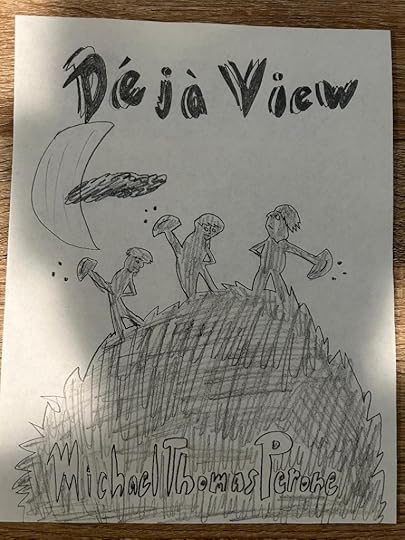 I know. I’m not an artist.
I know. I’m not an artist.Well, since I did a behind-the-scenes photo essay for my first novel, Danger Peak, I suppose I have to do it again for Déjà View. Stop pulling my arm! Okay, I pulled my own arm on this one, and it smarts! (That sounds dirty.) Let’s start with the original cover I drew for my publishing house so they would have some idea of what I wanted when real artists worked on it:
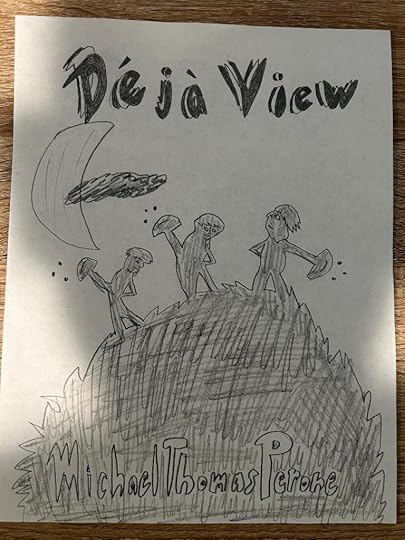
Here is my original design for the book’s cover. (Please overlook my terrible artwork.) Basically, I wanted the main trio of boys in the book to be digging something mysterious under the light of the moon. I thought it might be an intriguing image, similar to the motorbike riding up the supernatural mountain on the cover of Danger Peak, and maybe readers would be interested to crack open the book to discover what exactly is going on. I added several shadows behind the logo to reinforce the theme of reoccurring images. My publisher tried doing that, but the design ended up giving me a headache, so we went with a simpler design that included only one shadow. Here is the headache-inducing cover:
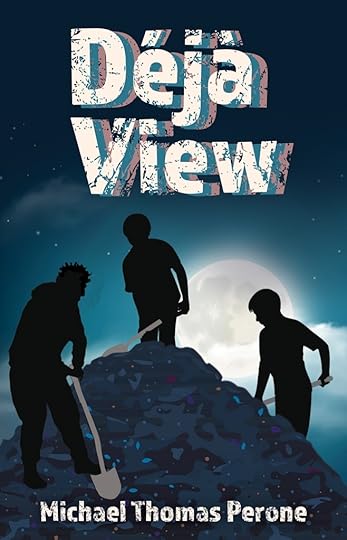
And here again is the finalized cover:
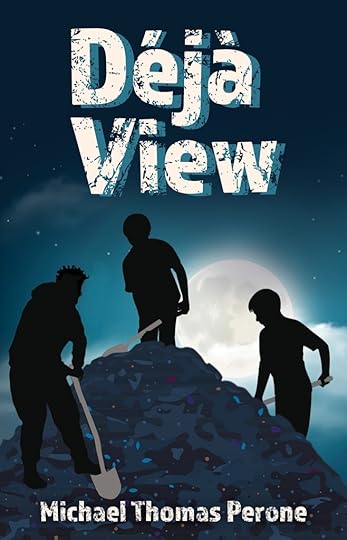
I wanted nifty little chapter designs for this book, similar to the lightning bolts opening each chapter in Danger Peak. I thought a shovel was an appropriate image since the digging of the time capsule is the main impetus that triggers the strange events in my book. Here is my original design:
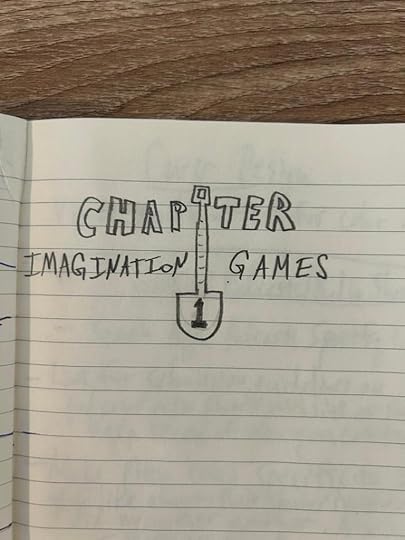
Here is the actual design:
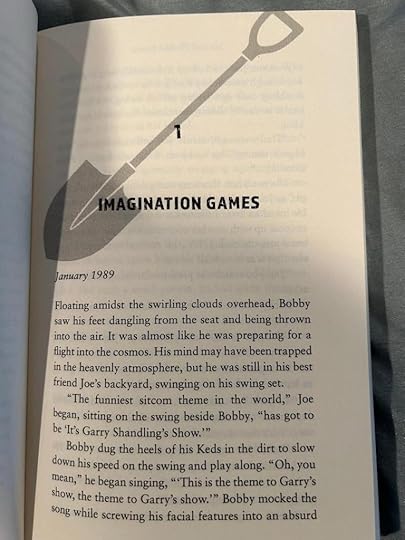
As you can see, it’s a lot bigger than I planned, but these are the compromises you make when you publish!
Some people might know (if you’ve read or listened to any interviews) that the idea for Déjà View is based on a short story I wrote when I was 13 in 1990, when it was simply titled Déjà Vu, but the first half is actually based more on a novella called The Three of Us that I wrote in my late teens/early 20s. (I don’t remember exactly when it was.) It traced the rise and fall of my relationship with my two childhood best friends. For my second novel, I knew I couldn’t simply transcribe exactly what happened, as that would bore the reader, so I exaggerated here and there and also provided some much-needed supernatural symbolism about the ending of childhood (the death of Chuck E. Cheese, anyone?). Here is the cover:
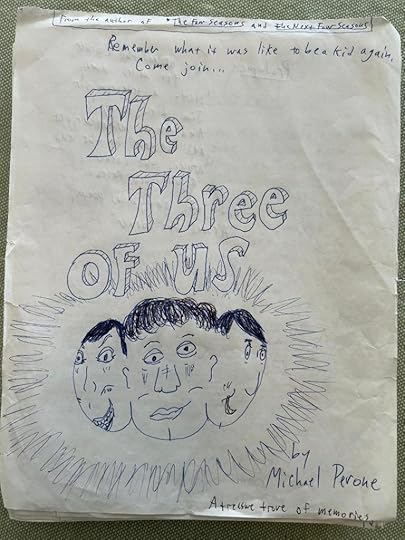
The references to The Four Seasons and The Next Four Seasons at the top of the cover were other novellas I wrote that were basically glorified diary entries in search of a story. You’re not missing anything.
Here is the very first cover of Déjà Vu I drew when I wrote the short story as a child:
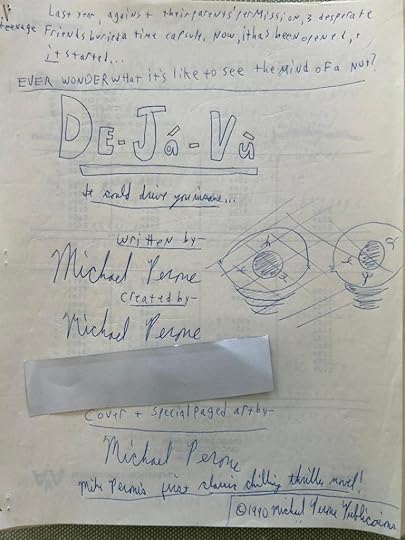
As you can see from the drawing below that closes the book, it had a much darker ending. Basically, the main character goes crazy in a mental hospital and, while strapped tightly in a straightjacket, uses telekinesis to move a scalpel across the room and strike his shoulder blade in an effort to kill himself. Fun times! (Also, judging from the character’s strange rictus grin, it seems I was at least partly inspired by The Joker from the original Batman, which had only been released a year before.)
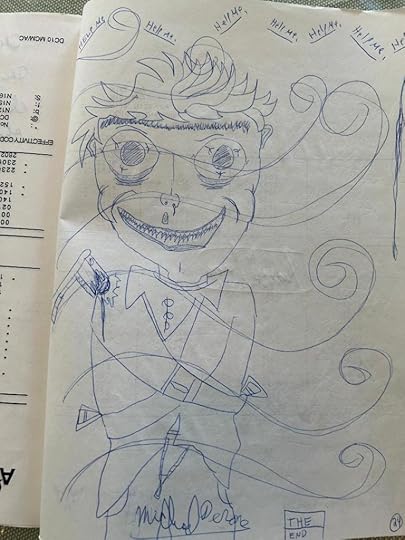
As I wrote before, the first half of this book is extremely autobiographical (with exaggerations, of course), so the stationery store that Bobby and his friends frequent (that also plays a pivotal role in the finale) is indeed based on a real stationery store in my hometown. The original sign is no longer there, but this is what it looks like today:
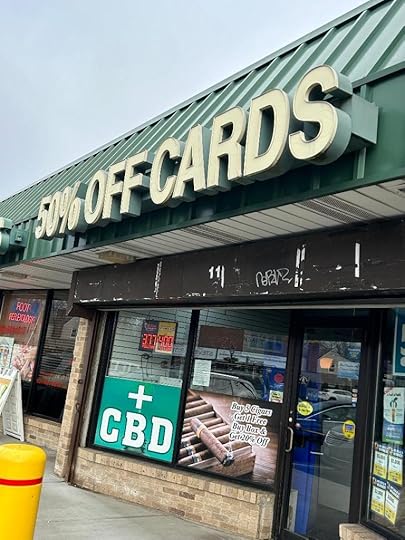
It was originally called the J & B Stationery Store, and no, there was no listing of the addictive products it sold on the storefront. The flickering store sign in the book was my invention. But they did have Garbage Pail Kids and Batman trading cards!
Believe it or not, the story about the skeleton in the book is based on a real memory. (There will be more about this in the next blog.) For now, here is a photo of the building that included the classroom where I saw that skeleton. (That’s actually a shot of the wing where it happened.) It’s much spookier at night! It wasn’t my junior high, like in the book, but a religious school where I attended catechism. (Again, more on that in a future blog.)
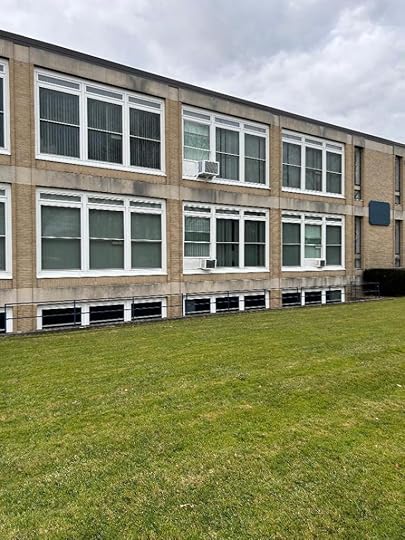
This may seem random, but yes, below is the photo of a real diner close to where I live. (In fact, I’m there all the time.) You might say, given the J. M. Barrie quote that opens the book, the theme of not wanting to grow up, and the last name of Bobby’s therapist, it served as some inspiration for Déjà View.
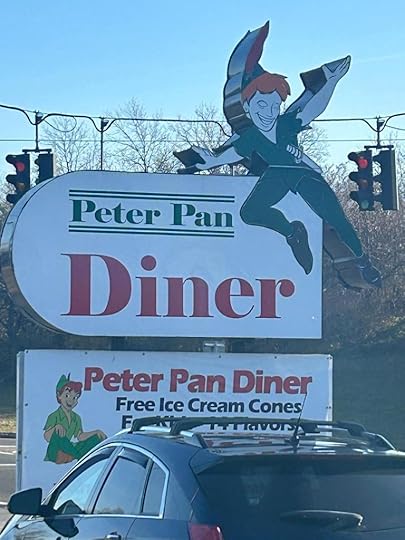
While my elementary school didn’t bury its own time capsule, as in the book, below is the courtyard of my grammar school that I pictured for the scene of its burial. As for the tree dedicated to a deceased student, it was actually located in my junior high courtyard, and the student was my brother.
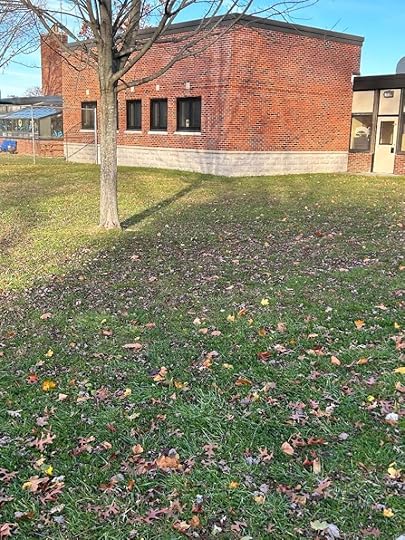
Although the school time capsule was made up, the one that Bobby and his friends bury is actually based on a real event. I buried pictures of my cartoon characters. (I originally wanted to be a cartoonist, but judging from the first cover of Deja View that I drew above, I think I chose wisely not to pursue that profession.) My friend Joe (yes, I used his real name) buried a knife (I believe it was the Swiss Army version) that he won from Cub Scouts, and my other friend, who I’m still friends with today, buried a blanket. So the “blankie” that gets buried in Deja View is the only item based on real life, though we didn’t use a He-Man action figure case to store the items, as in the book. It was a regular old shoebox. Imagine our shock when we checked on the “capsule” months later only to find the box mostly shredded and mulched, back to the earth from whence it sprang. We never found the other items. Below is that same patch of earth in my parents’ backyard today. The “capsule” would’ve been somewhere near the sprinkler head.
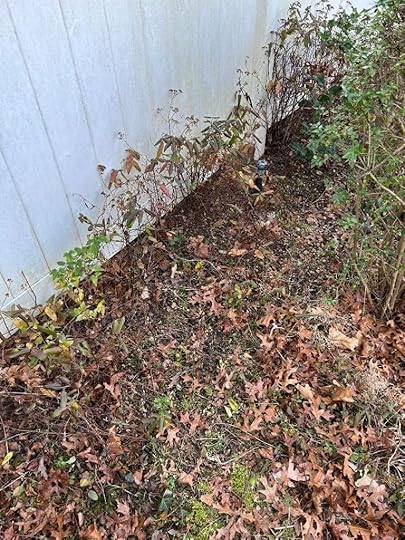
That’s all for this week. If you have any questions, stay tuned for the next blog, same Perone time, same Perone channel.
MTP
P.S.: Next week’s blog: A Déjà View FAQ!
P.P.S.: Déjà View is now available on Amazon and Barnes & Noble:
AmazonBarnes & Noble


